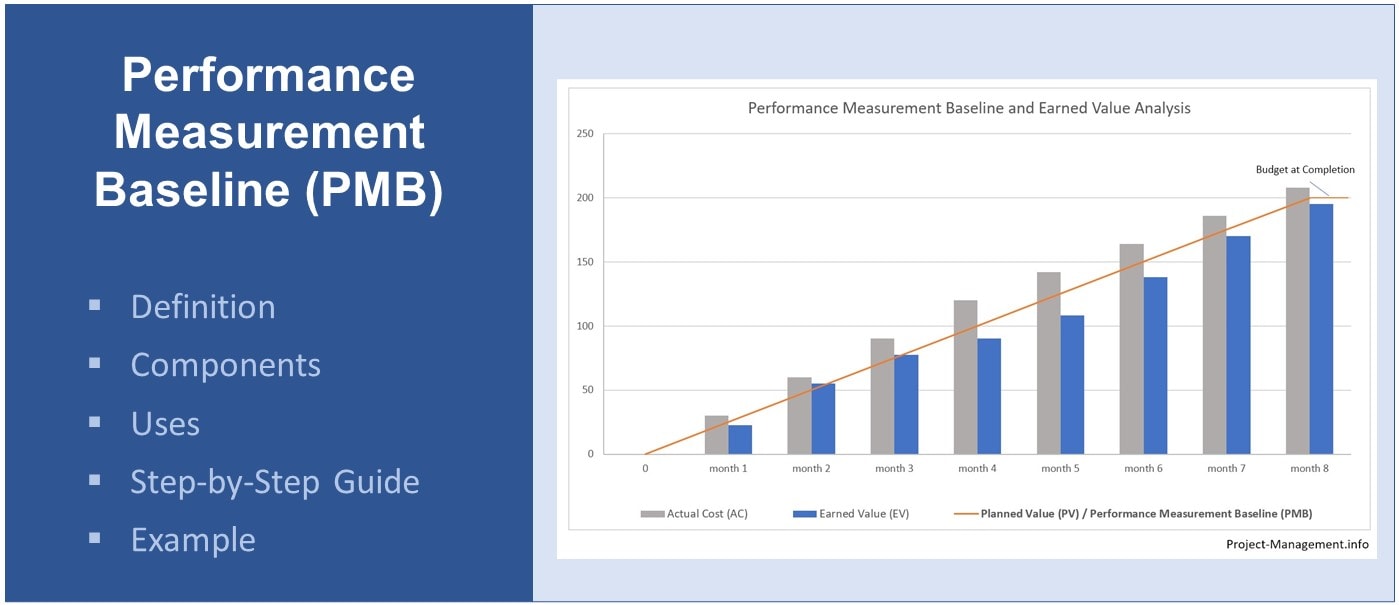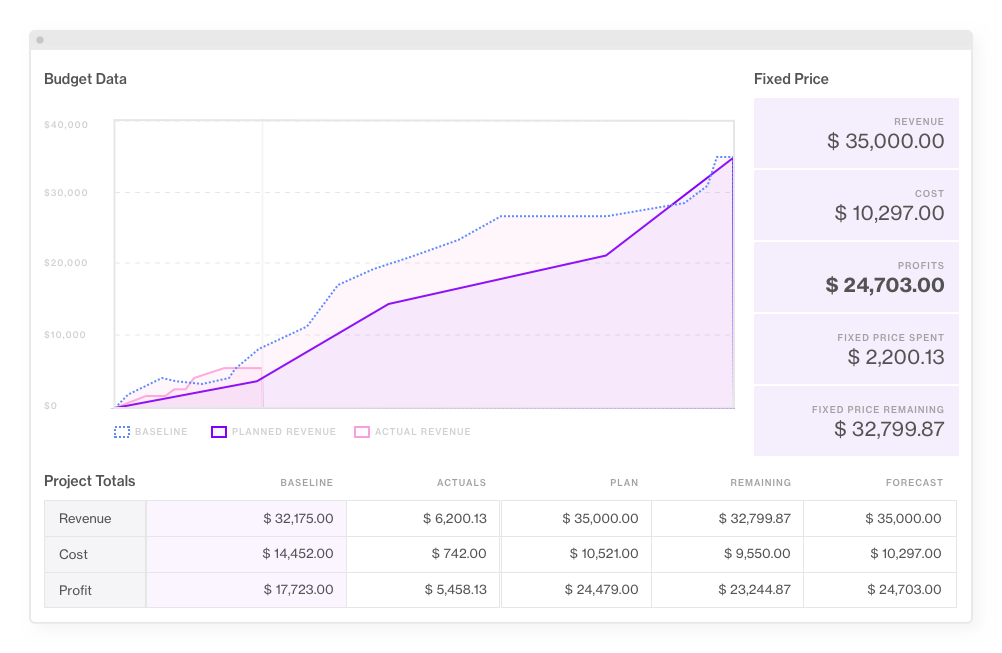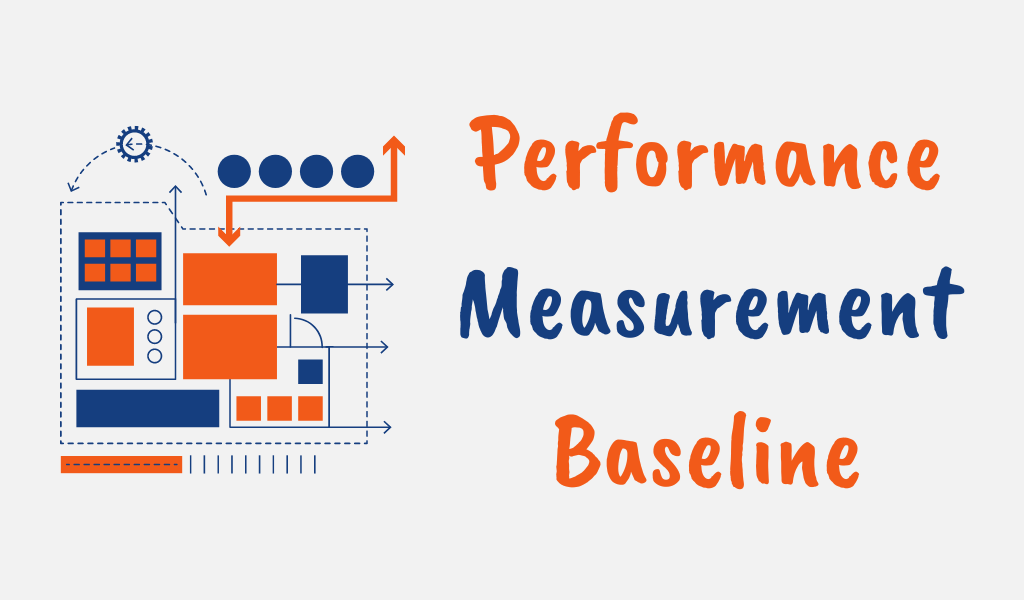Understanding Performance Measurement Baseline
Ever wondered how project managers keep their teams on track and ensure project success? The secret weapon is often a performance measurement baseline (PMB). It’s a critical tool in the project management arsenal, serving as a benchmark for progress and performance.
The PMB isn’t just a fancy term thrown around in board meetings. It’s a tangible, data-driven framework that enables teams to stay aligned and meet project objectives. Without it, steering a project would be like navigating a ship without a compass.
In this article, I’ll peel back the layers of the PMB, revealing its importance, how it’s developed, and why it’s a game-changer in project management. Stay tuned if you’re ready to take your project management skills to the next level.
Understanding Performance Measurement Baseline

The Basics of Performance Measurement Baseline
To bring clarity to the topic of Performance Measurement Baseline (PMB), let’s delve into its foundational elements. A PMB constitutes an established plan for project execution. It’s the fusion of project scope, schedule, and cost parameters. Therefore, it’s displayed as a time-phased budget and forms the foundation for assessing project performance.
Specifically, three constituent elements define this baseline:
- Scope Baseline: Presents the project’s work breakdown structure (WBS), denoting all task and work packages to be accomplished. For example, it includes deliverables like design, production, and installment phases within a software development project.
- Schedule Baseline: Reflects the timeline for task completion. It showcases when each segment of work should be finished—for instance, system design to be achieved within the first three months of kickoff.
- Cost Baseline: Reveals the allocated funds for the project and expected expenditure. For a project, the cost baseline could project that $50,000 is reserved for software development, while $10,000 is attributed to testing and troubleshooting.
By combining these factors, we compile an integrated baseline to guide and measure performance throughout the project’s lifecycle, assuring that every pertinent detail is accounted for and adhered to accordingly.
Importance in Project Management
Knowing about the PMB’s construction, we now focus on its critical role in project management. It proves invaluable in controlling and managing projects since it aids in identifying variance, tracking performance, and forecasting future trends.
The following points underscore its importance:
- Progress Tracking: With a PMB, project managers can track progress by comparing actual results to planned expectations. If the software design phase is running two weeks behind, it’s immediately brought to notice.
- Performance Analysis: PMB enables the analysis of actual performance. If our testing phase costed only $7,000 instead of projected $10,000, we can assess cost performance, enabling beneficial resource reallocation.
- Future Forecasting: With continual tracking and assessment, PMB helps predict future project performance. If the design phase lagged, it might signify potential delay in the production phase as well, allowing managers to take corrective measures.
As we piece together these facets, we see that the PMB not only guides that a project is on the right path but also helps maintain its overall direction, ensuring a higher probability of successful completion.
Establishing a Performance Measurement Baseline

Establishing, or setting up, a Performance Measurement Baseline (PMB) gives a project its roadmap for success. It provides concrete, measurable indicators against which to compare actual project performance. So how does one set up a baseline for project performance measurement? Allow me to break it down.
Steps for Setting Up a Baseline
- Define the Project Scope: A project’s scope forms its foundation. It includes the tasks, goals, and objectives that the project aims to accomplish.
- Identify Tasks and Activities: The next step entails breaking down the project scope into individual tasks and activities. This breakdown is commonly referred to as the Work Breakdown Structure (WBS). For instance, building a house involves tasks like laying the foundation, constructing the frame, installing windows, and so forth.
- Assign Timeframes: With the tasks identified, assign timeframes for each activity, creating a schedule baseline. If the framing of the house takes three weeks, put that down in the plan!
- Allocate Resources and Costs: Lastly, estimate the resources and costs associated with each task to create a cost baseline. If cement, bricks, and worker hours will cost $30,000 for the foundation, this figure becomes part of the cost baseline.
By following these steps, one establishes a clear and robust Performance Measurement Baseline.
Key Components of a Performance Baseline
A Performance Measurement Baseline is not just about numbers—it’s also about components. A worthwhile PMB has three principal components:
- Scope Baseline: This outlines what the project will and will not achieve. In the house-building example, it details constructing a two-bedroom house, not a mansion.
- Schedule Baseline: This depicts the timeframes for the completion of project tasks. It signifies when the foundation, frame, and windows of the house need completion.
- Cost Baseline: This is an estimation of the capital needed for each task or project phase. I’d slot in the $30,000 here for the foundation construction.
These components jointly form the Performance Measurement Baseline, providing a comprehensive roadmap for successful project management. With a well-defined PMB, I can track my project’s progress, analyze performance effectively, and make accurate future forecasts, ensuring that my project remains on track and facilitating timely corrective actions when needed.
Utilizing Performance Measurement Baselines

Performance Measurement Baselines (PMBs) aren’t just a theoretical construct. They’re powerful tools I use to guide my projects towards success. Let’s delve into the specifics of how I use PMB in day-to-day project management.
Monitoring Project Progress
To get a true handle on project progress, I utilize the components of the PMB. The Scope Baseline gives me an understanding of what’s yet to be accomplished. By comparing it to the Schedule Baseline, it’s possible to assess if the project’s running on time. With the Cost Baseline providing insights into expenditure, I can analyze if the project’s budget is under control.
Let’s consider an example. In a software development project spanning six months with a budget of $60,000, after three months, if 40% of the tasks are completed and $30,000 has been spent, it’s easy to see a variance. This means that while the project is behind schedule (40% done instead of the expected 50%), it’s overspent (50% of the budget used instead of 40%). This specific use of the PMB helps identify discrepancies, making it an invaluable tool for monitoring progress.
Managing Changes and Variances
Project changes aren’t an anomaly, they’re the norm. And with every change, there’s a potential variance in the PMB. To manage this, I have a two-step process: first identify the change, then assess its impact.
Take for instance, a change request that necessitates an additional feature in our software project. This request directly impacts the project’s scope, schedule, and cost baselines. I first identify the change – an increase in the project’s scope. Then, assess its impact on schedule and cost, which in this case, are both likely to increase.
The process doesn’t stop there. Timely and accurate identification merely highlights the variance, managing it is another ball game. Acting on these signals, I might need to adjust the schedule, reallocate resources, or revise the cost forecast. By utilizing the PMB in this manner, I can align changes with project goals, ensuring the new baselines still lead towards project success.
Challenges and Best Practices

Taking a deeply rooted dive into the world of Performance Measurement Baseline (PMB), I’d like to discuss some challenges one might encounter and best practices to absorb. Understanding these points can fortify your practical application of PMBs in everyday project management.
Common Pitfalls to Avoid
Venturing into the PMB landscape doesn’t come without its hurdles. Key challenges often come in the guises of misidentified tasks, improperly allocated resources, inaccurately predicted timeframes, and poorly defined project scopes. These lead circumstances can significantly skew your PMB, rendering it ineffective as a control tool. Let’s provide some concrete instances:
- Misidentified tasks: Missing out on critical tasks during PMB creation can dilute the effectiveness of your PMB. For example, underestimating the complexity of a technology integration task might cause you to overlook related subsystem development and testing.
- Improper resource allocation: Allocating resources without considering their expertise can compromise project outcomes. For instance, assigning a junior engineer for a complex network infrastructure task might lead to longer-than-expected task completion times.
- Inaccurate Time Estimation: Nailing down accurate time frames during PMB creation proves tricky at times. Underestimating the time for critical milestones, say the quality assurance testing phase, can foreshadows project delays.
- Poorly Defined Project Scope: An ambiguous project scope opens the door for scope creep. For example, vaguely defined requirements for the development phase can induce unplanned additions, leading to increased costs and extended schedules.
- Detailed task identification: Start by breaking down the project into smaller, manageable tasks. This practice, known as Work Breakdown Structure (WBS), can ensure that no critical activities are overlooked, mitigating the risk of task misidentification.
- Careful resource allocation: Assign resources based on their expertise and experience. Mapping skill sets to tasks not only ensures effective execution but also sets realistic expectations regarding task completion timelines.
- Employing a robust time forecasting tool: Using tools like PERT (Program Evaluation and Review Technique) or CPM (Critical Path Method) can lend improved accuracy in time estimation, minimizing the risk of project delays.
- Well-defined project scope: Maintain a clear, comprehensive project scope that outlines the project’s objectives, deliverables, and non-deliverables upfront. This clarity can significantly curtail chances of scope creep, keeping the project on its predefined track.
Performance Measurement Baseline Tools and Techniques

Building upon the importance of a Performance Measurement Baseline (PMB) and the challenges it faces, I’ll now detail the tools and techniques best suited for PMB in project management.
Software Solutions for Baseline Tracking
Software solutions can streamline the complex process of tracking and managing a PMB. Project management software considerably reduces the chance of human errors often seen with manual tracking methods. Powerful solutions like Microsoft Project, Atlassian’s Jira, or Monday.com, specialize in simplifying task management, team collaboration, and reporting. For example, Microsoft Project can create, monitor, and adjust PMBs easily and graphically, providing a visible roadmap of the project’s progress against the set baseline.
Analytical Techniques for Performance Review
Yet, merely having a robust software solution isn’t enough. Carefully applying analytical techniques plays a crucial role in PMB performance review. Techniques such as Earned Value Analysis (EVA), Trend Analysis, and Variance Analysis offer noteworthy insights into a project’s performance. EVA – a project management method quantifies performance into an integrated, objective, numeric index of real-time project status – offers accurate insights into cost and schedule performance. Similarly, Trend Analysis helps predict future performance based on the past, while Variance Analysis pinpoints areas where actual performance deviates from planned values. For instance, an unexpected trend of delay in key tasks or a cost variance from the established baseline signifies issues that need immediate attention.
In essence, both software solutions and insightful analytical techniques form a comprehensive toolkit for accurately establishing, tracking, and analyzing a PMB. Together, they optimize project performance and steer it towards assured success.
Conclusion
We’ve journeyed through the landscape of Performance Measurement Baselines (PMBs), uncovering its critical role in project management. We’ve seen how a well-crafted PMB serves as a roadmap, steering projects towards success. From identifying challenges to sharing best practices, we’ve sought to equip you with the knowledge to navigate any PMB-related hurdles. We’ve also dived into the world of PMB tools and techniques, underscoring the importance of software like Microsoft Project and analytical methods like Earned Value Analysis. So, it’s clear that mastering PMBs isn’t just beneficial—it’s essential. With a firm grasp on PMBs, you’re not just managing projects; you’re leading them to success.
Frequently Asked Questions (Faqs)
What is a Performance Measurement Baseline (PMB)?
A Performance Measurement Baseline (PMB) is an essential tool used in project management to monitor performance indicators and guide project success. It’s a detailed profile of the project’s plan that includes timelines, costs, and scope.
What are the challenges associated with PMBs?
Challenges associated with PMBs include misidentified tasks, improper resource allocation, inaccurate time estimation, and poorly defined project scopes. These can potentially hinder a project’s successful execution if not properly addressed.
What are the best practices for handling PMBs?
Best practices for handling PMBs include a thorough task identification, careful distribution and allocation of resources, using predictive tools like PERT or CPM for forecasting timelines, and maintaining a concise and clear project scope to prevent scope creep.
What tools and techniques are used for PMBs?
Tools and techniques for accurately establishing, tracking, and analyzing a PMB include project management software solutions like Microsoft Project, and analytical methods such as Earned Value Analysis, Trend Analysis, and Variance Analysis, each essential in optimizing project performance.

Leave a Reply